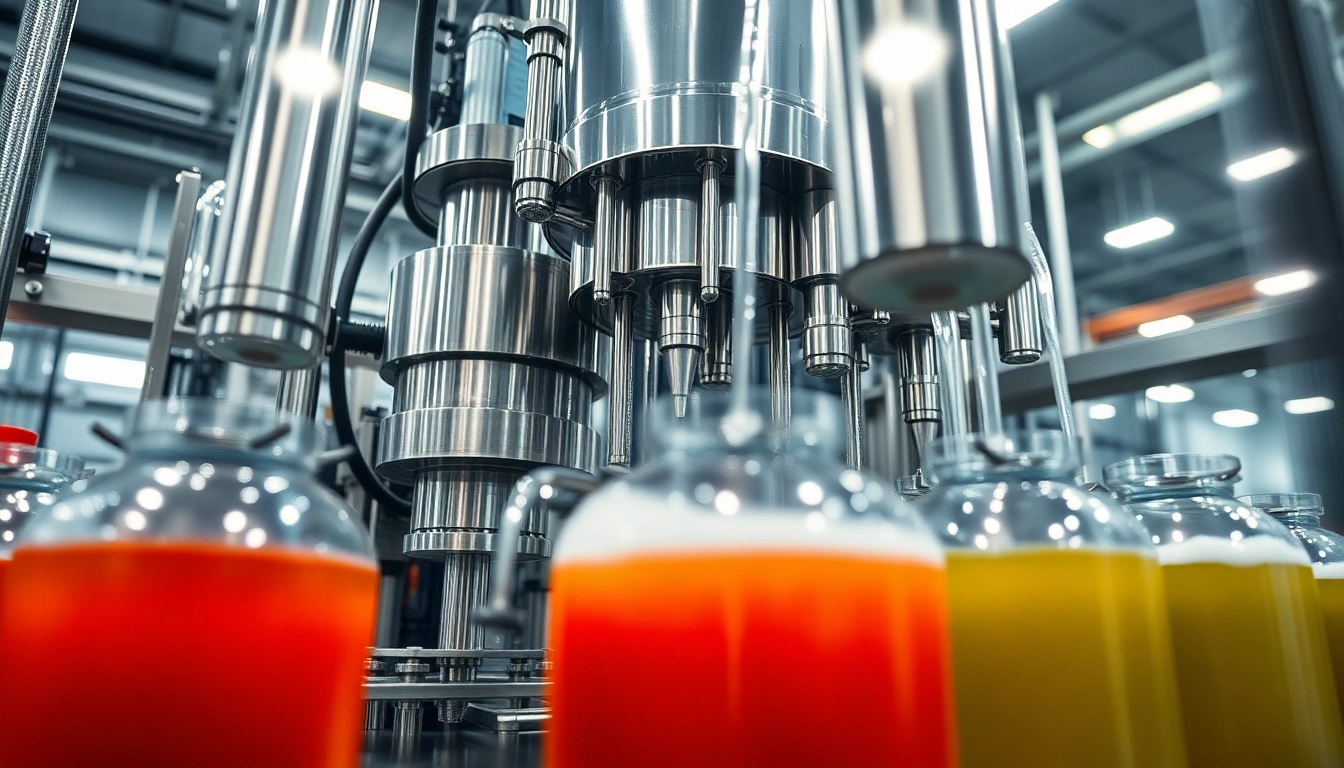Understanding Nitrogen Dioxide Gas and Its Hazards
What is Nitrogen Dioxide? Its Sources and Effects
Nitrogen Dioxide (NO2) is a reddish-brown gas with a characteristic sharp, acrid odor. It is a significant air pollutant that originates primarily from vehicle emissions, industrial processes, and power plants. As part of the group of nitrogen oxides (NOx), NO2 plays a crucial role in atmospheric reactions that form ground-level ozone, leading to smog formation. Understanding the sources of nitrogen dioxide is essential for effective monitoring and control.
The primary sources of nitrogen dioxide include:
- Automobiles and trucks
- Industrial processes
- Electricity generation from fossil fuels
- Burning of biofuels
Exposure to nitrogen dioxide can result in various adverse effects, particularly for the respiratory system, highlighting the necessity for effective monitoring mechanisms, such as a Nitrogen Dioxide gas detector. Prolonged exposure can cause inflammation of the airways, decreased lung function, and increased susceptibility to respiratory infections.
The Health Impacts of Nitrogen Dioxide Exposure
The health risks associated with inhaling nitrogen dioxide are significant, particularly for vulnerable populations, including children, the elderly, and those with pre-existing conditions. Short-term exposure can lead to symptoms such as coughing, wheezing, and shortness of breath, while long-term exposure is linked to chronic respiratory diseases like asthma and lung infections.
Studies have demonstrated that nitrogen dioxide contributes to airway inflammation, exacerbating pre-existing lung conditions and increasing hospital admissions for respiratory illnesses. Additionally, children exposed to elevated levels of NO2 may experience developmental issues in lung function, emphasizing the need for strict monitoring and regulation of nitrogen dioxide levels.
Regulatory Standards and Safety Guidelines
Regulatory agencies such as the Environmental Protection Agency (EPA) and the World Health Organization (WHO) have established standards for nitrogen dioxide levels to protect public health. The EPA set the National Ambient Air Quality Standards (NAAQS) for nitrogen dioxide, which stipulates that the average concentration should not exceed 100 parts per billion (ppb) over a one-hour period and 53 ppb annually.
Compliance with these standards is vital for industries and municipalities striving to ensure clean air and safeguard public health. Regular monitoring using nitrogen dioxide detection systems helps in maintaining these safety guidelines and promotes a better understanding of air quality dynamics in various environments.
Key Features of Nitrogen Dioxide Gas Detectors
How to Choose the Right Nitrogen Dioxide Gas Detector
Selecting the appropriate nitrogen dioxide gas detector involves understanding the specific conditions and requirements of the environment in which it will be used. Factors include the detector’s sensitivity, response time, and the anticipated concentration levels of NO2.
Different industries may require unique functionalities in their detectors. For example, portable detectors are ideal for situations where mobility is necessary, such as in confined spaces or during outdoor inspections, while fixed systems may be required for continuous monitoring in industrial plants.
Essential Features to Look For
When choosing a nitrogen dioxide gas detector, consider the following critical features:
- Detection Range: The detector should have a suitable range to monitor ambient air quality accurately.
- Alarms: Audible and visual alarms should be in place to alert individuals of dangerous levels of NO2.
- Calibration: Easy calibration processes are essential for maintaining detector accuracy over time.
- Data Logging: Features that allow for data logging can help in analyzing NO2 trends over time.
- Durability: The detector should be built to withstand the specific environmental conditions it will be subjected to.
Integration with Other Safety Systems
For comprehensive safety management, nitrogen dioxide gas detectors should ideally integrate with existing safety systems. These systems allow for coordinated emergency responses and facilitate the continuous monitoring of various gases, including nitrogen dioxide.
Integration can often improve operational efficiency by allowing data from nitrogen dioxide detectors to be utilized alongside sensors for other hazardous gases, improving overall situational awareness. This technology can be implemented in various settings, including laboratories, manufacturing facilities, and municipal environments.
Operational Best Practices for Nitrogen Dioxide Gas Detectors
Installation Guidelines and Location Considerations
Proper installation of nitrogen dioxide gas detectors is critical for ensuring their effectiveness. It is essential to place detectors in areas where NO2 is likely to accumulate, such as near exhaust vents, industrial processes, and enclosed spaces. Key considerations include:
- Ensuring adequate airflow around the sensor for accurate readings.
- Regularly assessing and adjusting the location based on changes in operations or processes.
- Positioning the detectors at appropriate heights, typically around eye level for better access and visibility.
Calibration and Maintenance Procedures
Calibration is vital for the continued accuracy of nitrogen dioxide gas detectors. Regular calibration ensures that the device provides reliable readings and alerts. General maintenance procedures include:
- Routine inspections of sensors and alarms
- Regular calibration every six months or according to manufacturer guidelines
- Cleaning the detector as needed to remove dust and contaminants
- Testing the functionality of alarms and warning systems
Common Issues and Troubleshooting
Detecting and resolving common issues with nitrogen dioxide gas detectors can enhance their reliability and longevity. Some frequent problems include:
- False Alarms: Caused by environmental factors or sensor malfunctions. Regular checks and calibration can help resolve this.
- Low Battery: Regularly monitor battery levels to ensure uninterrupted operation.
- Sensor Drift: Over time, sensors may lose sensitivity, necessitating recalibration or replacement.
Establishing a proactive preventive maintenance program can mitigate many of these issues and enhance the reliability of gas detection systems.
Advanced Technologies in Nitrogen Dioxide Detection
Innovative Sensing Technologies Explained
The evolution of nitrogen dioxide detection has seen the introduction of various advanced sensing technologies. Options include electrochemical sensors, infrared sensors, and photoionization detectors (PIDs). Each technology has its strengths:
- Electrochemical Sensors: Typically used for portable detectors, these sensors are known for their sensitivity and quick response rates.
- Infrared Sensors: Suitable for continuous monitoring, these sensors can offer enhanced stability and selectivity for specific gases.
- Photoionization Detectors: Ideal for measuring a wide range of volatile organic compounds alongside nitrogen dioxide.
With these technologies, businesses can set up robust monitoring systems that ensure compliance with health regulations and enhance safety for employees and the community.
Comparing Portable vs. Fixed Detectors
The choice between portable and fixed nitrogen dioxide detectors often comes down to specific application needs. Portable detectors offer the flexibility of mobility, allowing users to take readings in various locations and under different conditions.
In contrast, fixed detectors provide continuous monitoring and are installed in strategic locations to provide ongoing data. Organizations may elect to use both options for a comprehensive safety strategy, utilizing portable detectors for inspection and monitoring while maintaining fixed detectors in high-risk areas.
The Future of Air Quality Monitoring
The future of air quality monitoring, particularly concerning nitrogen dioxide, lies in the integration of advanced technologies, data analytics, and IoT systems. Enhanced capabilities may enable real-time data collection and analysis, offering insights that can lead to faster response times during emergency situations.
Innovations such as machine learning algorithms may also play a role in predicting pollution levels, ultimately guiding regulatory decisions and best practices for managing nitrogen dioxide emissions. As technology continues to evolve, organizations must stay informed and adapt their detection systems to leverage these advancements effectively.
Case Studies and Real-World Applications
Successful Implementations in Various Industries
Nitrogen dioxide gas detectors have been successfully implemented across several sectors, demonstrating their versatility in addressing air quality issues. For instance, in the manufacturing industry, installations of continuous monitoring systems around production lines have provided valuable data, reducing potential exposure risks for workers and ensuring compliance with safety regulations.
Similarly, educational institutions using portable detectors for classroom assessments have been able to monitor air quality effectively, ensuring safer environments for students and faculty. These implementations underscore the importance of tailored solutions for detecting nitrogen dioxide across diverse environments.
Lessons Learned from Nitrogen Dioxide Incident Responses
Analyzing past incidents involving nitrogen dioxide exposure offers crucial lessons in preparedness and response strategies. Several case studies reveal that timely detection and prompt data reporting were pivotal in managing exposure levels and mitigating adverse health effects.
In one notable incident, a facility experienced a leak due to equipment failure, leading to a swift response from safety teams equipped with nitrogen dioxide detectors. The rapid identification of elevated levels and quick evacuation protocols minimized health risks to employees.
Guiding Principles for Effective Safety Management
Implementing effective safety management principles is vital for minimizing the risks associated with nitrogen dioxide exposure. Organizations must:
- Establish a comprehensive monitoring and reporting framework.
- Ensure staff receive regular training on proper use and response protocols for gas detectors.
- Conduct routine assessments of monitoring systems and update technologies to incorporate advancements.
- Foster a culture of safety that prioritizes air quality awareness and responsiveness.
By adhering to these guiding principles, organizations can significantly enhance their operational safety and protect the health of their workforce and surrounding communities.



